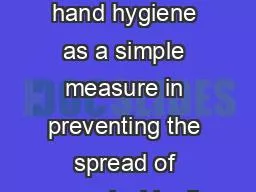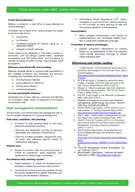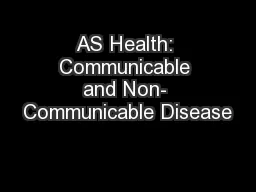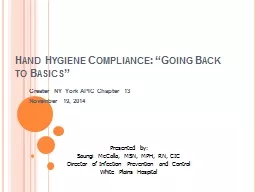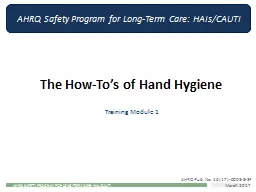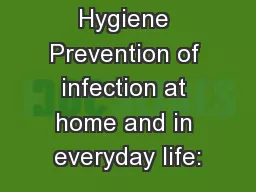PPT-Public awareness of hand hygiene as a simple measure in preventing the spread of communicable
Author : mofferro | Published Date : 2020-10-06
World Congress on Infection Prevention and Control 2016 Aaron Lawson Neale Blair Marie Vaganay Presentation Outline Introduction Review Methodology Review of the
Presentation Embed Code
Download Presentation
Download Presentation The PPT/PDF document "Public awareness of hand hygiene as a si..." is the property of its rightful owner. Permission is granted to download and print the materials on this website for personal, non-commercial use only, and to display it on your personal computer provided you do not modify the materials and that you retain all copyright notices contained in the materials. By downloading content from our website, you accept the terms of this agreement.
Public awareness of hand hygiene as a simple measure in preventing the spread of communicable: Transcript
Download Rules Of Document
"Public awareness of hand hygiene as a simple measure in preventing the spread of communicable"The content belongs to its owner. You may download and print it for personal use, without modification, and keep all copyright notices. By downloading, you agree to these terms.
Related Documents

